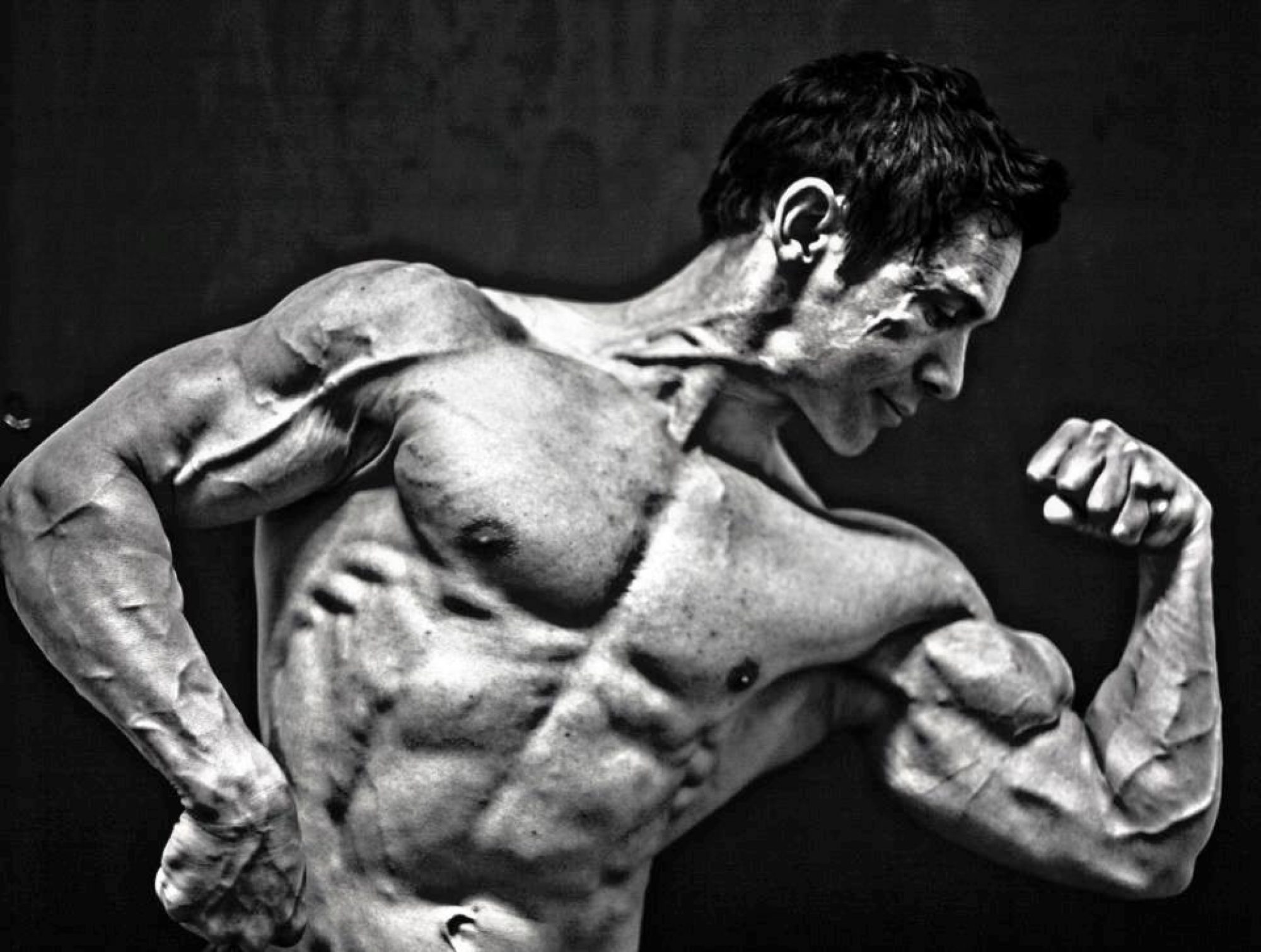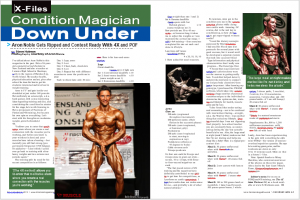Alcohol or ethyl alcohol is the most popular drug throughout the world and is a sedative hypnotic drug that has numerous effects on the human body. Alcoholic drinks like beer, wine, spirits and RTDs are popular choices. The media often reports the positive health benefits of alcohol consumption, however, I would like to look at the other side of the story and ask the question-does alcohol negate your efforts in the gym to improve muscle size and to get lean?
Alcohol provides no nutritional value with 7 empty calories per gram which is almost double the amount compared to protein and carbohydrate. As a result alcoholic beverages can be quite high in calories with very little nutritional value; an average 330ml bottle of beer has around 150 calories with half of these calories coming from alcohol. If you consider that if the average drinking session for a male is around 6-8 beers (I think it can often be more) that is a whole lot of extra empty calories. Some research has suggested (I know from experience too) that your appetite increases after drinking. Often this leads to poor food choices too-so you can see how easily alcohol can prevent you from achieving a lean physique
It also slows down your metabolism and ability to gain muscle through a number of different pathways.
- It negatively impacts on the body’s ability to process vitamins and minerals which can reduce energy production.
- It can inhibit protein synthesis which compromises your recovery and muscle growth meaning you will have less active muscle tissue to burn calories.
- Our bodies work in an aqueous solution and since alcohol is a diuretic it dehydrates you and slows down the proper functioning of your body. (Read my two articles on the importance of proper hydration for muscle growth and strength; Waterworks I & II)
- It also depletes the body of essential vitamins and minerals that perform vital processes that encourage growth and recovery within the body.
- It decreases your testosterone levels and increases cortisol production which can decrease the amount of active muscle tissue you can gain and increase body fat levels.
- Your muscle recovery and actual muscle growth can be hampered if you drink because your body has to deal with the alcohol first before it can begin the process of restoring your glycogen levels. If you consider it takes the body one hour to remove one standard drink you can easily miss the “growth window” after training.
- It can shorten the amount that you sleep causing a drop in growth hormone production and increase cortisol levels.
Binge drinking (7+ standard drinks in one sitting for males and 5+ or more for females) on a regular basis can also have a negative impact on long term health. (see alac.org.nz for more information).
Alcohol can have an impact on your mental approach to training- just try and have a good train the next day after a hard night out drinking. Your motivation will be next to zip! Binge drinking can also cause brain damage (scary considering your brain is still growing until you are 20-25 years of age). It can also cause mood disorders like depression and anxiety which can put the brakes on achieving your physique goals.
As you can see alcohol’s positive effects which are often reported in the media are easily outweighed by the negative effects it can have on your mind and body if your goal is to improve health, gain muscle and lose fat. Just think of the time and money you invest in your training, diet and supplements –do you want all that effort wasted? So reduce the amount you drink or even better swap that alcoholic drink for a protein shake and watch your results in the gym go through the roof!

